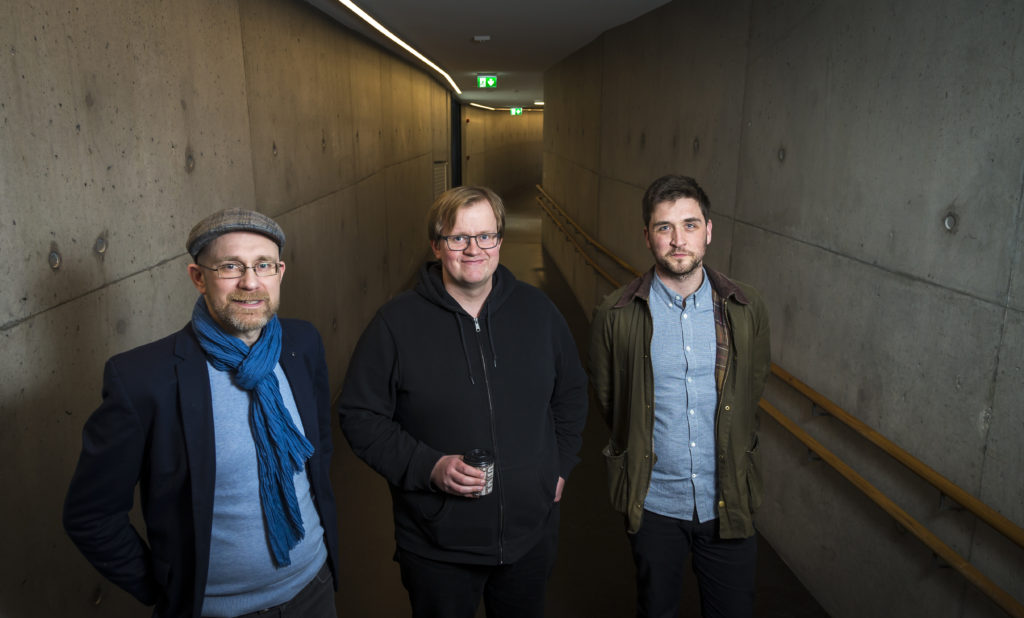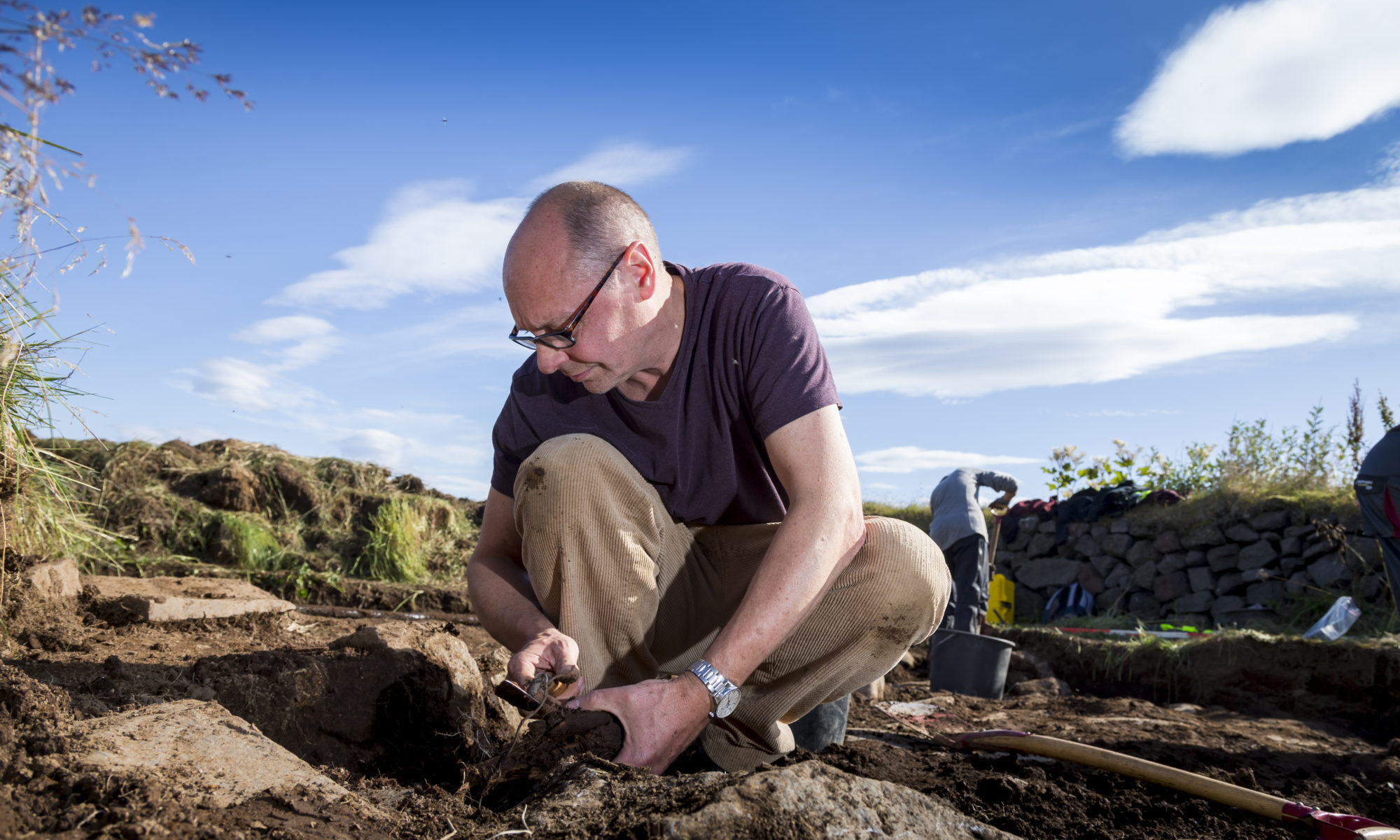Strand 1: History and Primary Sources, strand manager: Prof. Már Jónsson. Strand team: PhD student # 1, MA student # 1, MA student # 2
The aim of this Strand is to continue the work on the main archive – the inventories – that Prof. Már Jónsson initiated six years ago. This work will form the foundation of the project. Emphasis will be put on continuing the development of the database about the inventories which Prof. Jónsson has worked on now for some time. The database will be published on the internet with free access for future scholars and the public, thus facilitating further research on the inventories. Certain parts of Iceland will be selected for the initial research and recorded on the database. Two MA students will be assigned for this work. The selection of regions will be linked to a PhD project (PhD student #1) that aims at comparing the descriptions from the inventories with the actual collection of the National Museum of Iceland and regional museums in Iceland. This Strand will provide a valuable overview of the material at hand. Finally, this Strand will give a critical perspective on the epistemological basis of the Icelandic cultural heritage, of what it consists and how it is composed.
Strand 2: History and the Meaning of Things, strand manager: Prof. Sigurður Gylfi Magnússon (PI). Strand team: Davíð Ólafsson, PhD and Adjunct Lecturer; PhD student # 1, PhD student # 2
This Strand aims at investigating individual aspects of the inventories and their historical context. Here the perspective will be scaled down to particular themes, categories or objects. Two main projects will be followed under this Strand: The first focusses on the issue of poverty and how it was manifested (PhD student #2). Various historical sources, mainly the inventories and reports of poverty commissions in Reykjavik, will be matched against each other in order to illustrate poverty in the late 19th and early 20th centuries. The other main research within this Strand aims at investigating books and manuscripts as private property, as they are discussed in egodocuments and compared with their representation in the inventories (Ólafsson, 2008, 2013; Magnússon and Ólafsson, 2012, 2017). This project looks at books and manuscripts as objects of material culture, asking the question what value books (as things) had for Icelandic households in late modern times.
Strand 3: Collections and Archives, strand manager: Prof. Sigurjón Baldur Hafsteinsson. Strand team: Prof. Gavin Lucas, Dr Anna Lísa Rúnarsdóttir, PhD student # 1 and MA student # 3
The main focus of this Strand is on museums, their archives and institutional framework. The emphasis will be put on investigating the documentation of acquisition that describes individual objects donated to the museums. The descriptions will be scrutinised: what was their utility and their biography? Furthermore, their career within the museum will be analysed, what things are exhibited and in what context. Scholars will delve into the coherence between archives; which objects, listed in the inventories, have found their way into the museums and which ones have been omitted? Why are they not a part of the museum collections, and how has this affected our present notion of the past? By the same token, are there objects in the museums that we do not find in the inventories, and why have they been collected? Here, the questionnaires of the National Museum of Iceland will provide very important details to the answers sought. This part of the research project will allow for new insights into the “archive” as a phenomenon. The interplay of the various archives will offer a critical view on the Icelandic cultural heritage. It will provide a new perspective on how we have dealt with the cultural heritage and upon what kind of sources it has been built.
Strand 4: Fragmented Archives: Material Culture Studies, strand manager: Dr Þóra Pétursdóttir, post-doc, Kristján Mímisson (soon to become post-doc). Strand team: Prof. Gavin Lucas
The main goal of this strand is to explore the inventories from the perspective of Material Culture Studies. Through a juxtaposition of the inventories, the National Museum’s collection, the archaeological record more generally, focus will be put on exploring the relations and tensions between the “historical” and the “archaeological”. How does an “archaeological” reading of this archive differ from a “historical” reading? How can archaeology’s legacy of working with fragmented and incomplete records contribute to a nuanced interpretation of these records (the inventories), which in many respects resemble a traditional archaeological assemblage (an account of things)? Further questions, derived from this fundamental epistemological (and not least ontological) exploration of the datasets, will include: What kind of social strata are revealed through the inventories’ listing of things? And how do these pertain to traditional notions of society of this period? What do the inventories express about economic and subjective valuation of things? What do they say about identity formation, both on an individual and societal scale?

